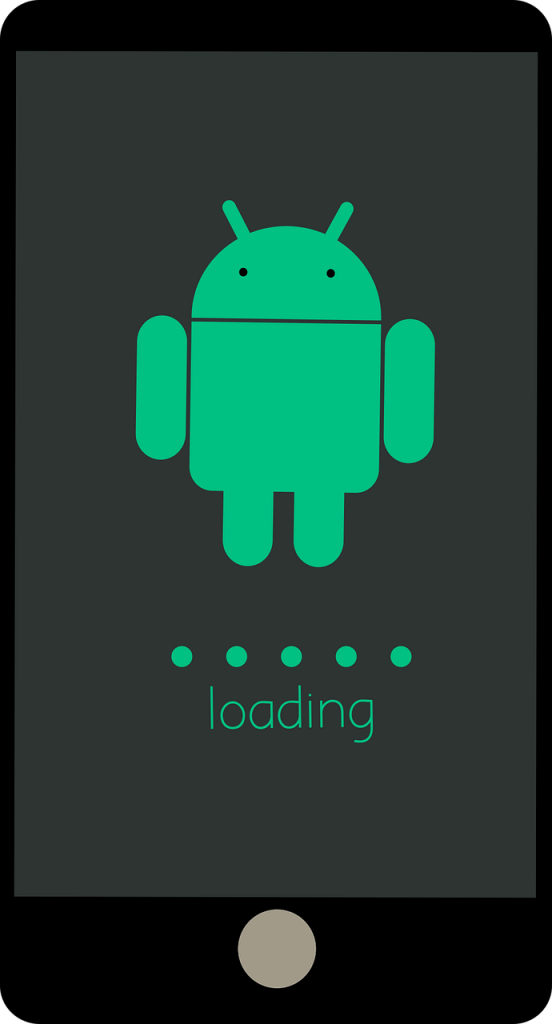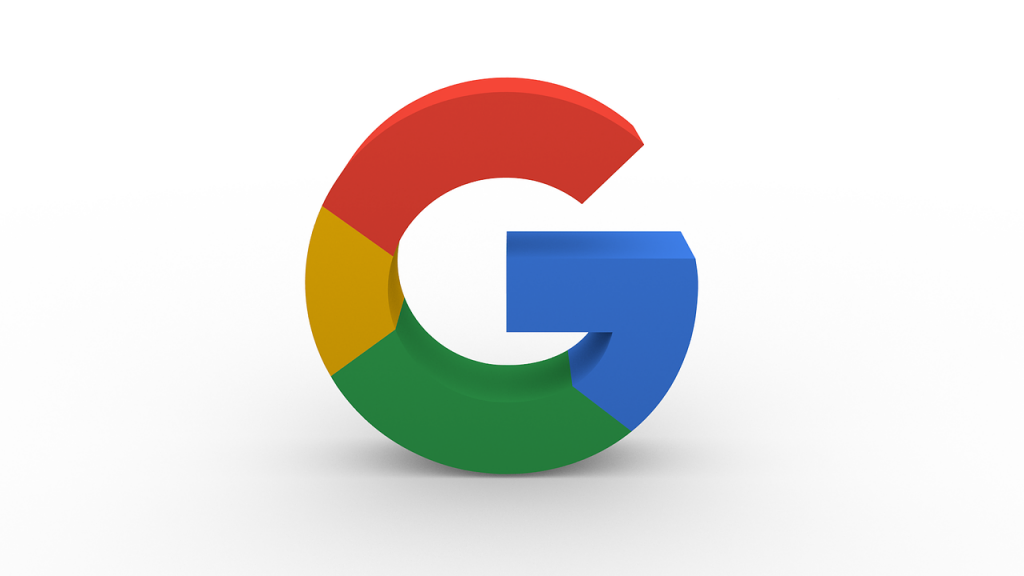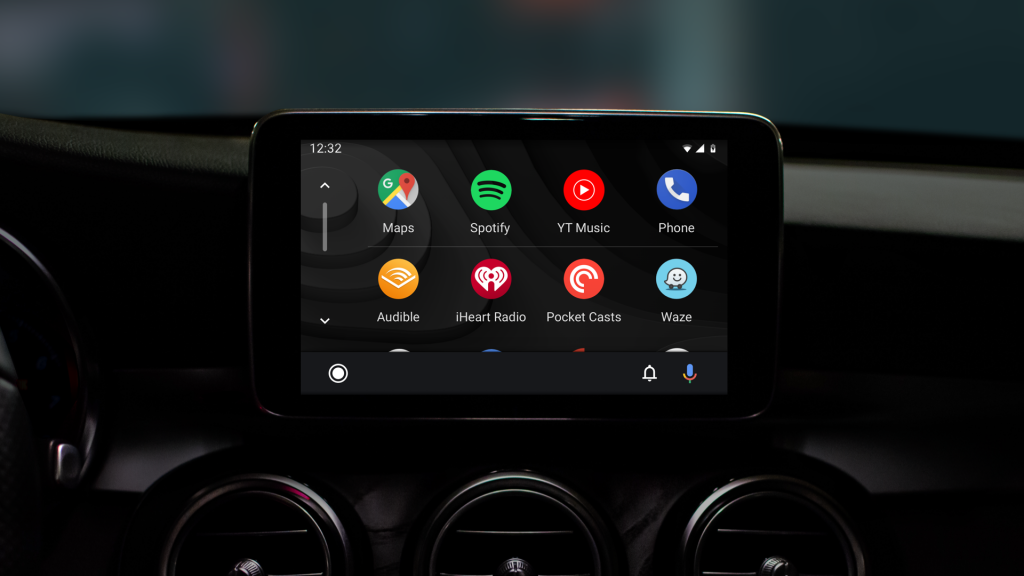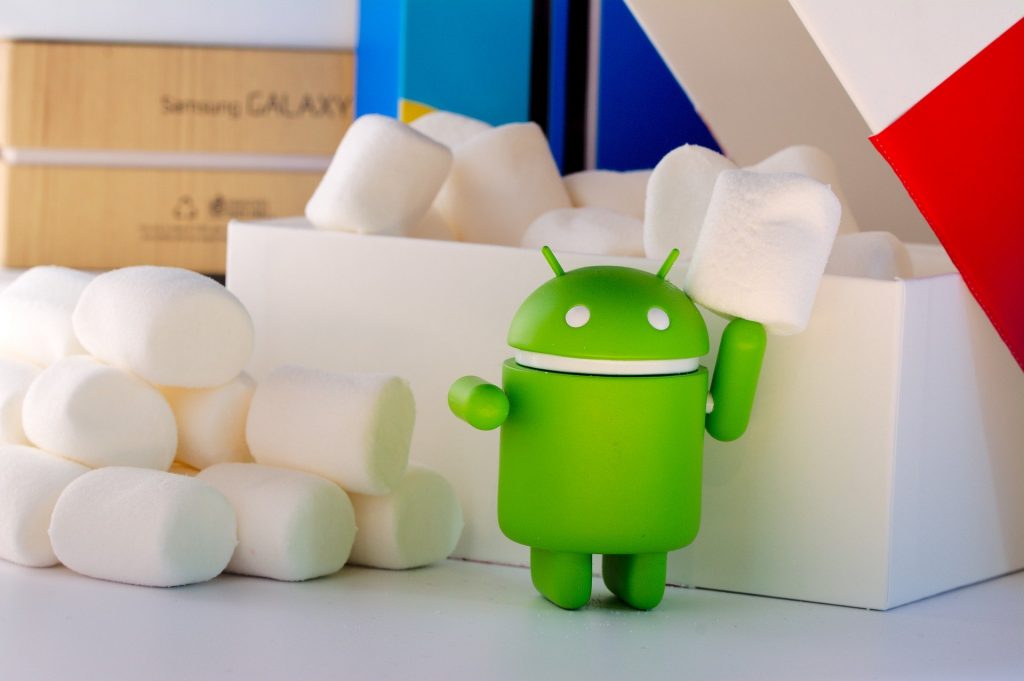US Government Accuses Google of Tying Products and Blocking Competitors.
The recent weeks have seen a rise in political unrest and the issuing of executive orders from the United States of America. The BLM protests have also set alight discussions and debates regarding news, biases on social media, and the freedom of speech. Meanwhile, the American government officials have been building a case against Google with regards to antitrust issues. The government is trying to prove that the search engine is bundling products together, and helping certain players have a competitive advantage over the others. The charges also claim that Google blocks out competitors using such strategies, making the market place unfair and uncompetitive. Here’s a look at what the case claims, and how it could impact the functioning of Google.
Case Builds Momentum
The Justice Department, in coercion with State attorneys, have asked executives from various firms to testify regarding how such practices have impacted them. They have also asked these firms regarding the operations of the Network Division, run by Google. The Network Division sells various services that concern itself with everything from brand strategy to advertisement publishing. These inquiries also focus on discounts, coupons, and features that Google offers advertisers using its products. Regulators are also asking how Google’s search business interferes with the Network Division and the way it sends out targeted ads. However, these executives have asked agencies not to mention their names and designations as they wish such information to remain private.
Tying Products
Tying certain products together makes the sale of one conditional depending on the purchase of another. While this process isn’t illegal, using it to establish market dominance could be considered a breach of law. As per Gene Kimmelman, who serves as a senior adviser for the Public Knowledge Think Tank believes that using tools to maintain or create a monopoly by restricting entry of new players and blocking rivals could result in antitrust violations. As a result, American regulators are looking to file a lawsuit regarding competition against Google in the weeks to come. Once filed, this lawsuit will become the most massive monopoly suit since the American government sued Microsoft in 1998. That case as well focused on the tying of products that Microsoft made use of to promote Windows systems.
Google in Similar Trouble
Google is now being asked the same questions, about two decades later. The interviewing of rivals started in July, and each round of questioning has become more detailed and distinct. Reports claim that several respondents used whiteboards to explain the more complicated processes regarding the ad tech market. However, Julie McAlister, who serves as the spokeswoman for Google, stated that Google’s digital ad tech service works across several crowded industries. As a result, these ads compete with thousands of rivals, leading to heavy competition and subsequent lowering of prices and the availability of improved choices for consumers.
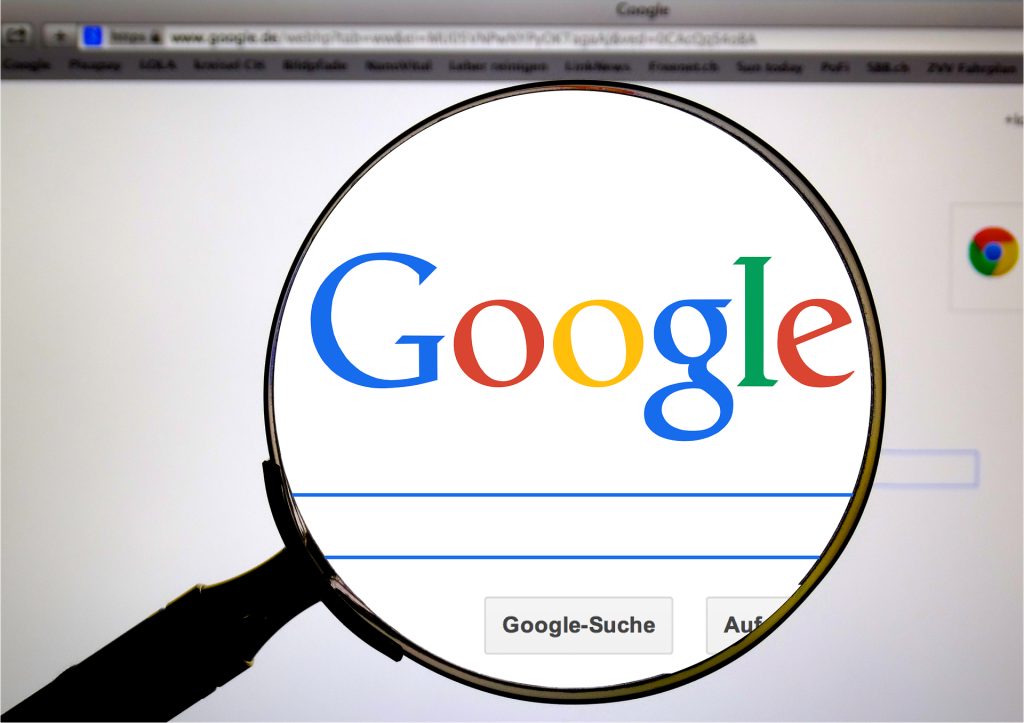
Major Business
The Network Division is a highly successful service for Google, bringing in over $21 billion as revenue last year. However, the growth enjoyed by the same has been on the slower side, when compared to Google’s other ventures and services. Google always frames the Network Division as an aid to publishers who depend on Google for their digital ads. However, critics are quick to point out that Google owns and exploits much of the market. As a result, most advertisers end up being forced to use more Google products, rather than competing or rival products. The regulators are looking at sell-side, buy-side, and exchange-side software, all of which help the ad tech market in pushing out ads. Interestingly, Google offers and owns tools that help with all of these services and processes.
Problem Statement
According to Pramila Jayapal, who serves as a Democratic Representative, the major problem here is that Google controls all these entities. She also mentioned that this makes the ad tech sector sound like the stock market, without any regulation to ensure transparency and fair competition. Hence, to ensure the same, the government regulators are now asking Google about how it waives fees to publishers who use its tools and auction space on Google’s exchange software. They have also questioned the search engine’s decision to limit ad space buying on YouTube via its tool DV360 in 2015. Most rivals have stated that this move led to them losing out on a lot of video ad inventory. Google countered that most social media sites work similarly and that rival Amazon had found a way to grow even without accessing YouTube.
Insider Trading Issues
Competitors also claim that Google utilizes its search engine to display ads unfairly. Such leveraging of their search business has helped Google account for a whopping 10% of the total publisher revenue on the internet. Rival firms also complained that this forced them to pay for Google’s ad exchange software because the search engine has made itself the most prime real estate for ads. Complaints also focused on how Google passes information between its arms, leading to customer targeting and insider trading. The same complaint was raised by the UK Market Authority’s report on Google’s conflict of interest published last year.
In July, CEO Sundar Pichai dodged several of Jayapal’s major questions regarding Google’s market share. Rather, he focused on how Google shares its revenue with other websites, making it a low-margin business for them. The hearing also brought out several internal emails from Google that proved claims regarding insider information trading. It will be interesting to see what more information future hearings will unearth. Also, we will have to wait to see how the hearings might level the playing field by restricting Google’s access and control over the ad tech market.

Being a cinephile with a love for all things outdoorsy, Athulya never misses a chance to chase inspiring stories or poke fun at things, even when the subject is herself. Currently pursuing a degree in mechanical engineering, she is someone innately interested in technical and scientific research. Music reviews and op-eds define her as they allow her to explore different perspectives. Though sometimes she thinks she makes more sense playing the guitar than she does while writing.
